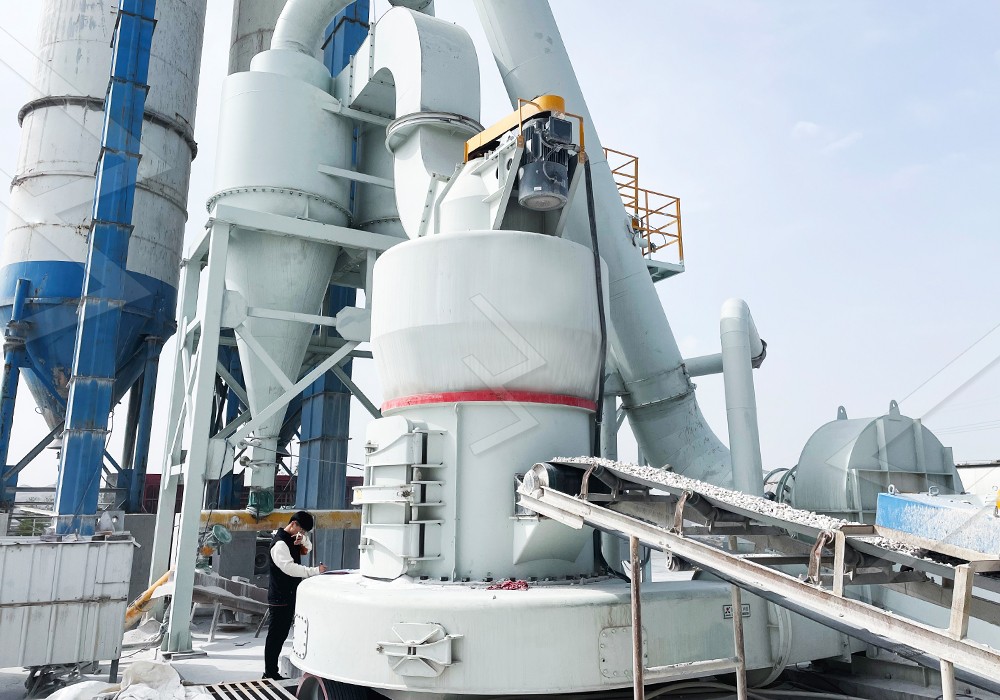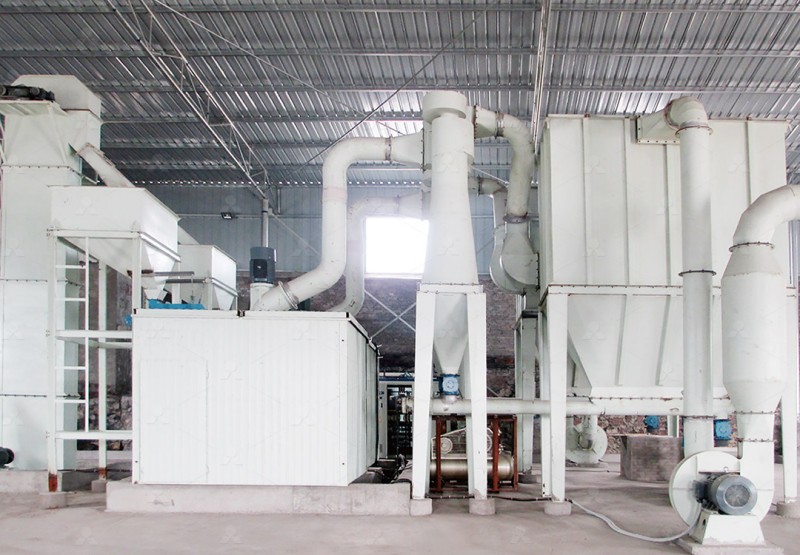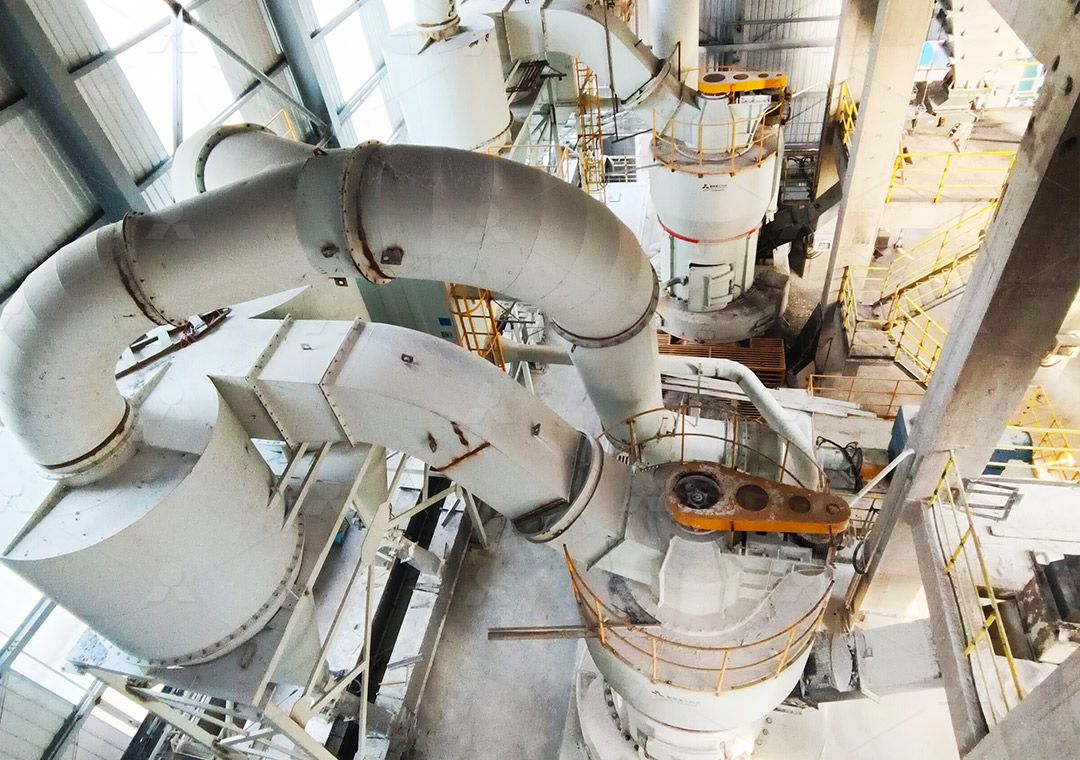Raymond Mill for Grinding Minerals in Zhoushan, Zhejiang
Optimizing Mineral Processing in China’s Eastern Archipelago
Zhoushan, the picturesque archipelago in Zhejiang province, has long been recognized for its rich mineral deposits and strategic coastal location. For processing operations throughout this region, selecting the right grinding equipment isn’t just a technical decision—it’s a business imperative that directly impacts profitability, environmental compliance, and product quality.
The unique geological composition of Zhoushan’s mineral resources demands precision grinding solutions that can handle materials ranging from limestone and calcite to barite and dolomite. Traditional ball mills, while reliable, often fall short in energy efficiency and particle size control for today’s market requirements.

The Evolution of Grinding Technology
Over the past decade, grinding technology has undergone significant transformation. What began with basic Raymond mill designs has evolved into sophisticated systems capable of producing ultra-fine powders with remarkable consistency. The traditional Raymond Mill, with its input size of <25 mm and capacity of 0.6-5 tph, still serves many operations well, particularly for smaller-scale processing where initial investment is a primary concern.
However, operations requiring higher throughput and finer particle distributions are increasingly looking toward more advanced solutions. This is where our MW Ultrafine Grinding Mill demonstrates its value proposition. Engineered for customers who need to make ultra-fine powder, this machine represents the next generation in grinding technology.
Technical Excellence in Mineral Processing
The MW Ultrafine Grinding Mill stands out for several critical reasons. With an input size range of 0-20 mm and capacity spanning 0.5-25 tph, it offers remarkable flexibility for operations of varying scales. The integrated efficient pulse dust collector and muffler system directly addresses two of the most significant challenges in mineral processing: dust management and noise pollution.
What truly sets this equipment apart is its grinding efficiency. The newly designed grinding curves of the grinding roller and grinding ring enhance performance substantially. Independent testing confirms that with identical fineness and power consumption, the production capacity exceeds that of jet grinding mills and stirred grinding mills by 40%, while doubling the output of traditional ball grinding mills. Meanwhile, system energy consumption registers at just 30% of comparable jet grinding systems.

Precision Engineering for Superior Results
The cage-type powder selector, incorporating German technologies, elevates precision separation to new heights. Operators can configure multi-head cage-type powder selectors according to specific requirements for yield, fineness, and sieving rate. The adjustable fineness range between 325-2500 meshes, with screening rates achieving d97≤5μm in a single pass, provides unprecedented control over final product specifications.
From a maintenance perspective, the elimination of rolling bearings and screws within the grinding chamber represents a significant advancement. Operators no longer need to worry about bearing damage or sealing part failures, nor machine damage caused by loose screws. The external lubrication system enables continuous operation without shutdowns, supporting 24-hour production schedules that maximize facility utilization.
Environmental Compliance and Operational Efficiency
For Zhoushan-based operations, where environmental regulations continue to tighten, the MW Ultrafine Grinding Mill’s eco-friendly design provides crucial advantages. The pulse dust collector ensures no dust pollution during operation, while silencers and noise elimination rooms maintain workplace noise at acceptable levels. The entire production system aligns with national environmental protection standards, reducing compliance risks and community relations challenges.
The digital processing capabilities further enhance operational precision. With numerical control governing cutting, bending, planing, milling, and paint spraying operations, machining accuracy reaches exceptional levels, particularly for core components. This manufacturing precision translates directly to longer service life and more consistent performance in the field.

Application-Specific Solutions
Beyond the MW Ultrafine Grinding Mill, operations with different requirements might consider the LUM Ultrafine Vertical Grinding Mill. This system handles slightly smaller input sizes (0-10 mm) with capacities of 5-18 tph. Its independent design incorporates the latest Taiwan grinding roller technology and German powder separating technology, creating an integrated solution for ultrafine powder grinding, grading, and transporting.
The LUM model addresses common grinding challenges including materials’ long lingering time, repeated grinding, and iron content issues. Its unique roller shell and lining plate grinding curve facilitates material layer generation and enables high finished product rates through single-pass powder milling.
Frequently Asked Questions
What is the typical energy consumption reduction compared to traditional grinding systems?
The MW Ultrafine Grinding Mill reduces system energy consumption by approximately 70% compared to jet grinding mills, while increasing production capacity by 40% over jet grinding mills and stirred grinding mills.
How does the equipment handle different mineral hardness levels?
Both the MW and LUM grinding mills feature adjustable grinding pressure and rotational speed controls, allowing operators to fine-tune performance based on mineral hardness. The hydraulic systems enable quick adjustments to maintain optimal grinding conditions.
What maintenance advantages do these systems offer?
The absence of rolling bearings and screws in the grinding chamber eliminates common failure points. External lubrication systems enable maintenance without production stoppages, while reversible structures in the LUM model allow easy access to grinding rollers for inspection and replacement.
How does the equipment ensure consistent particle size distribution?
Advanced cage-type powder selectors with German technology provide precise separation control. The multi-head configuration options allow customization based on specific yield, fineness, and sieving rate requirements, ensuring consistent product quality.
What environmental benefits do these grinding systems provide?
Integrated pulse dust collectors prevent dust pollution, while silencers and noise elimination rooms reduce operational noise. The systems operate under negative pressure with full sealing to prevent material leakage, exceeding national environmental protection standards.
